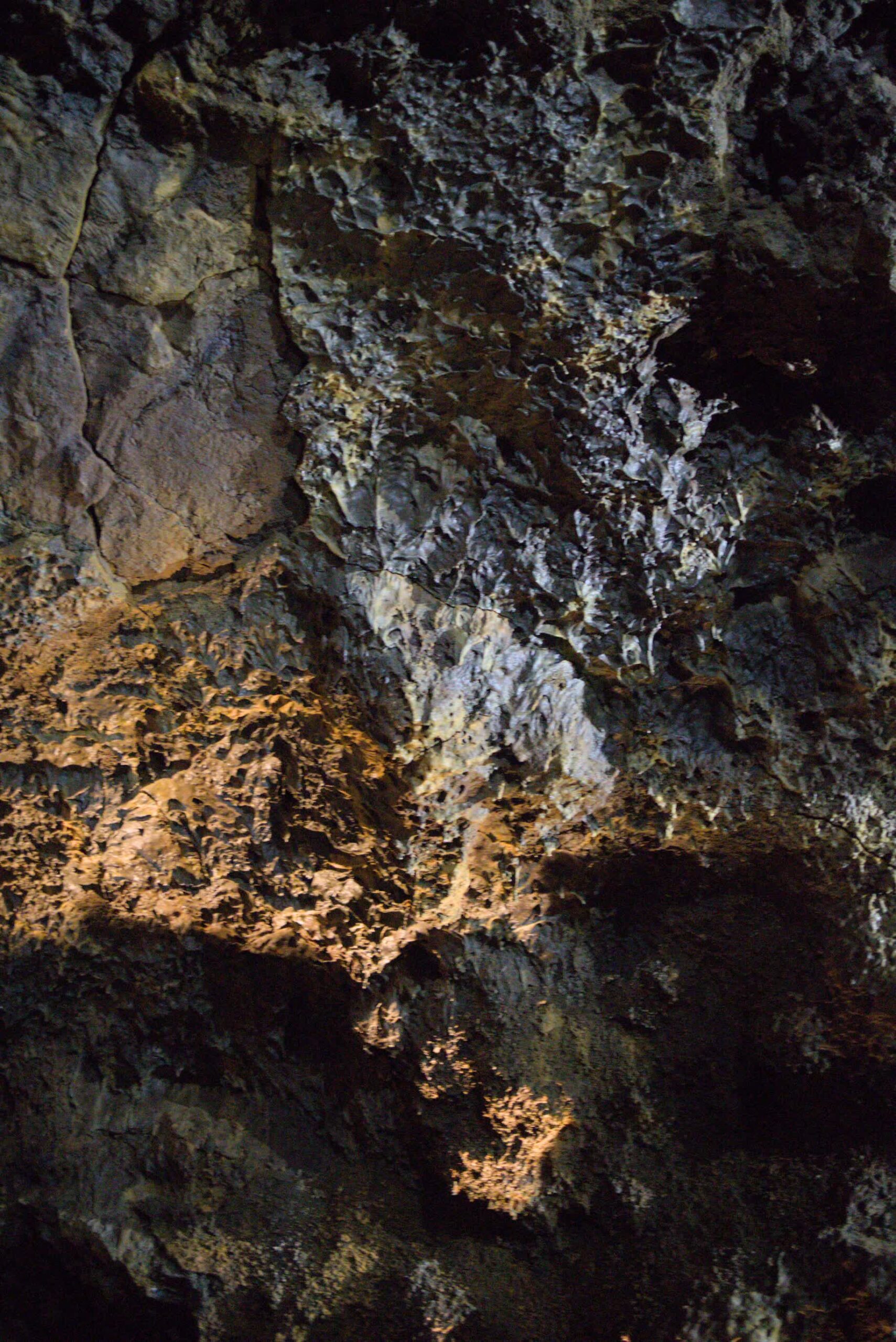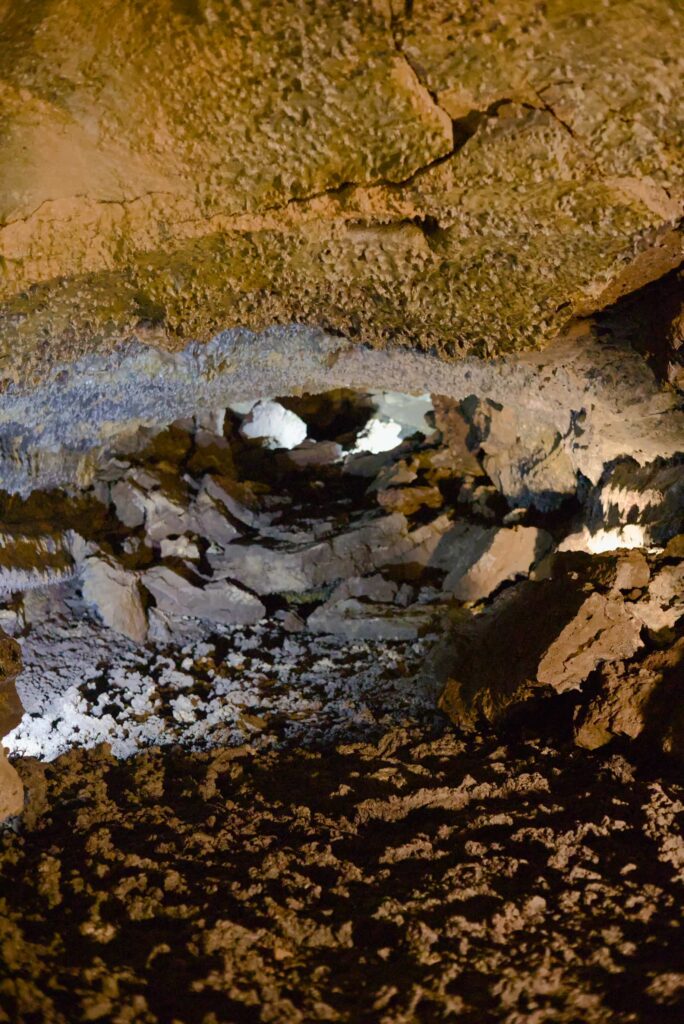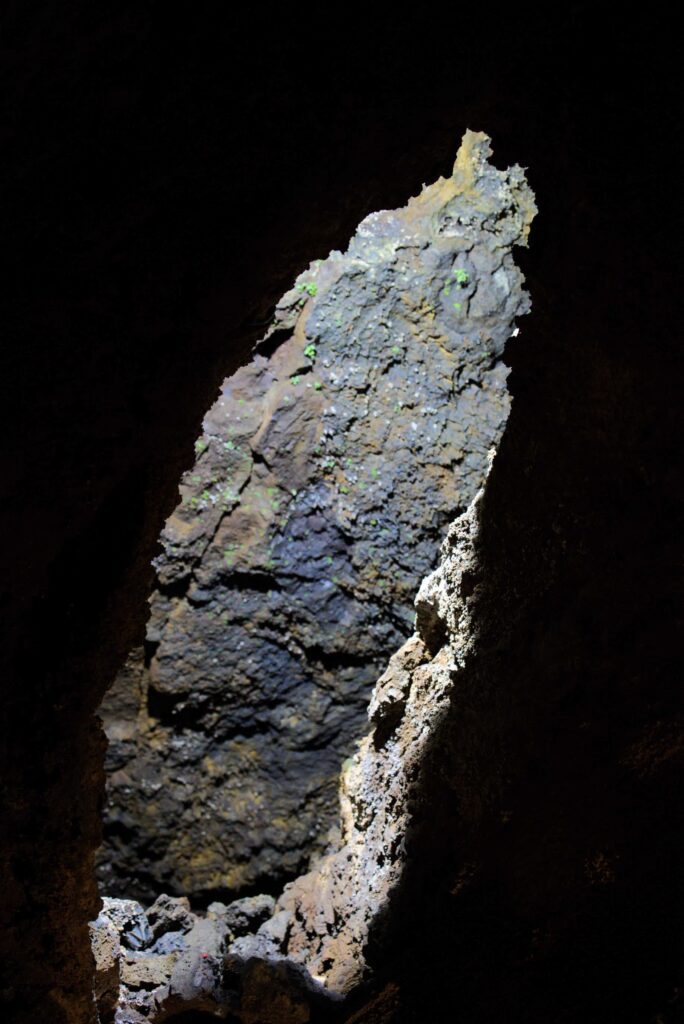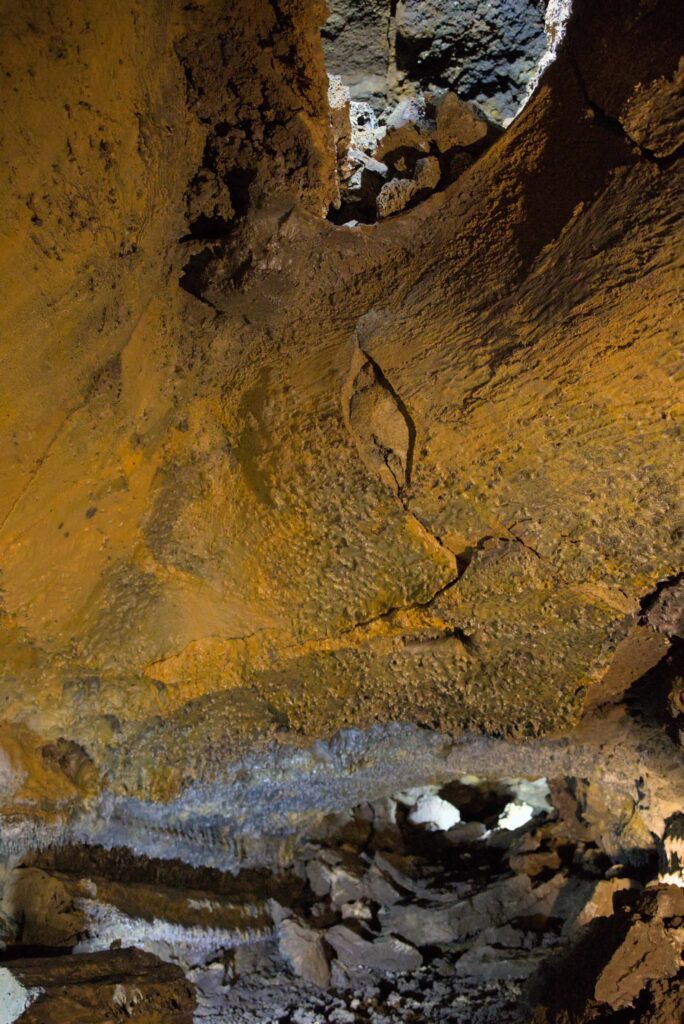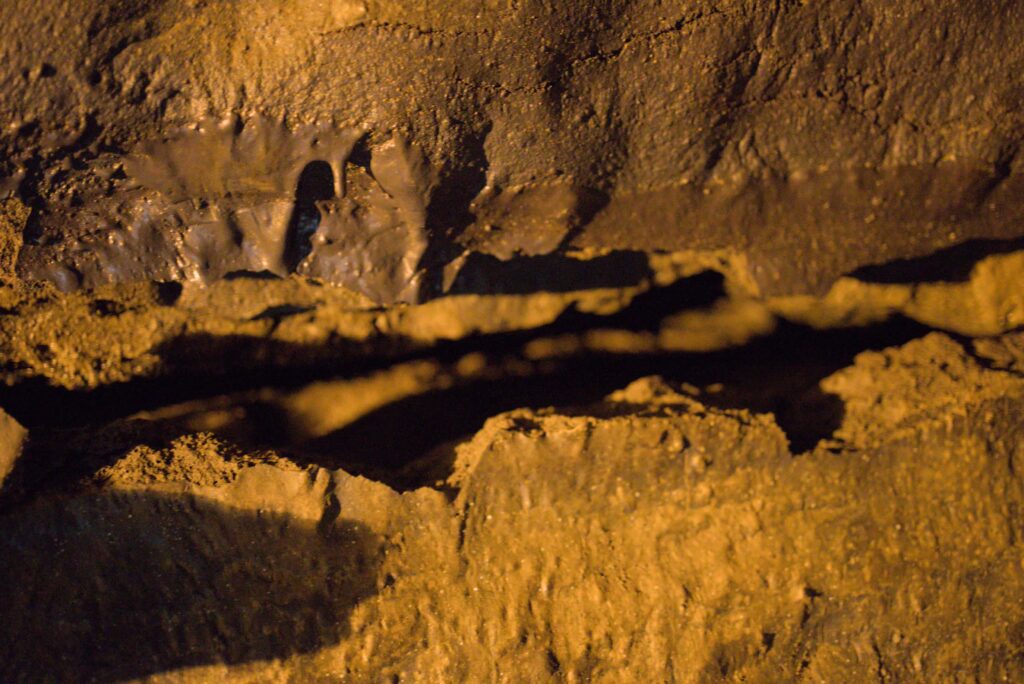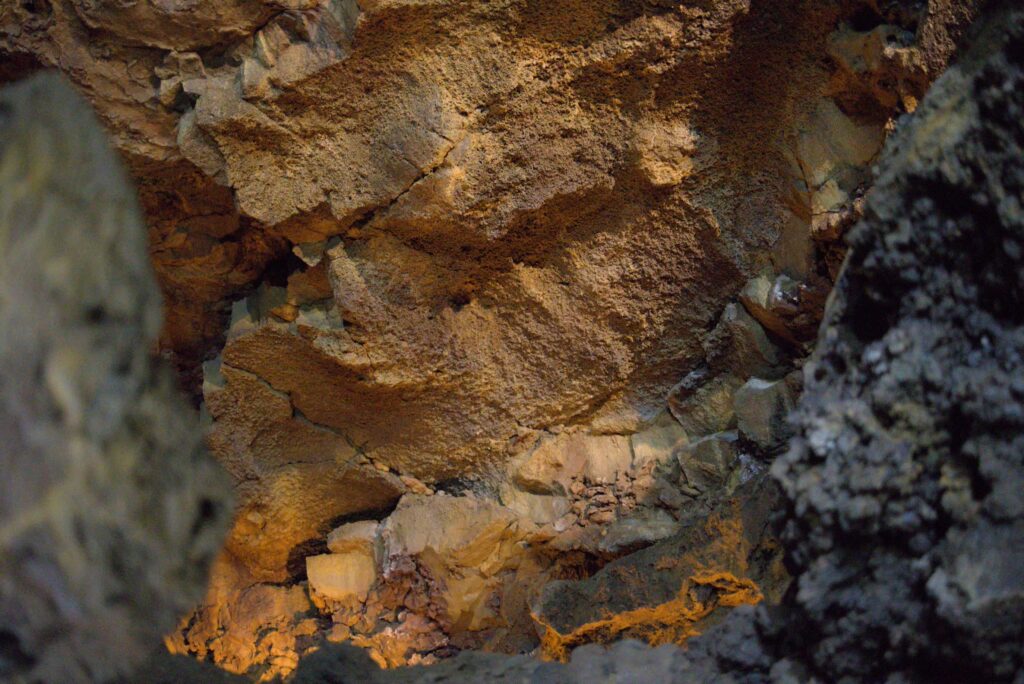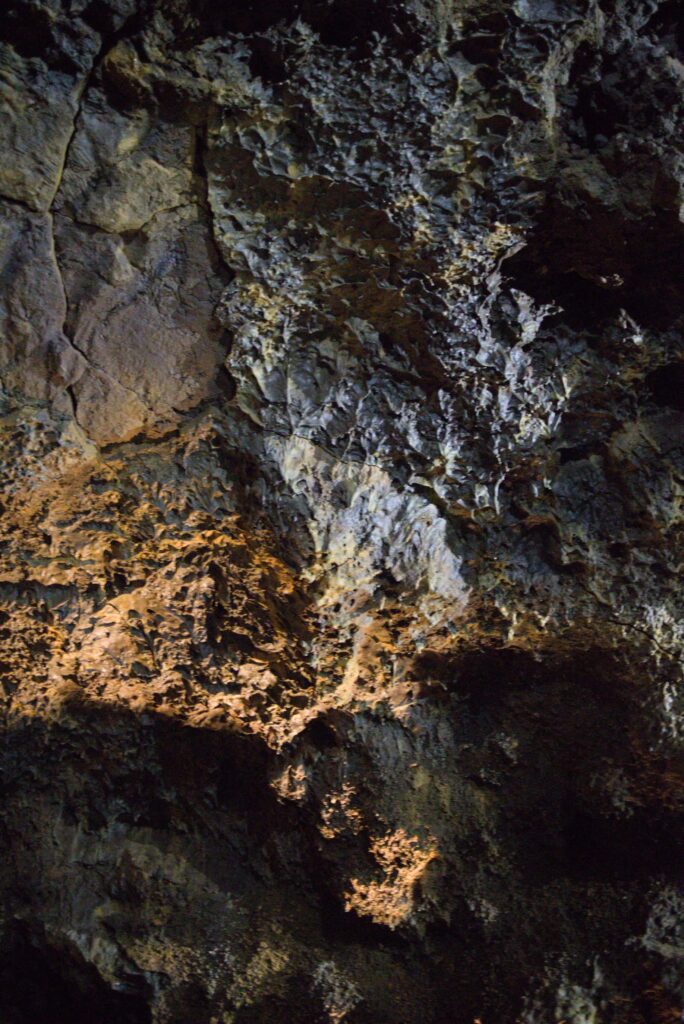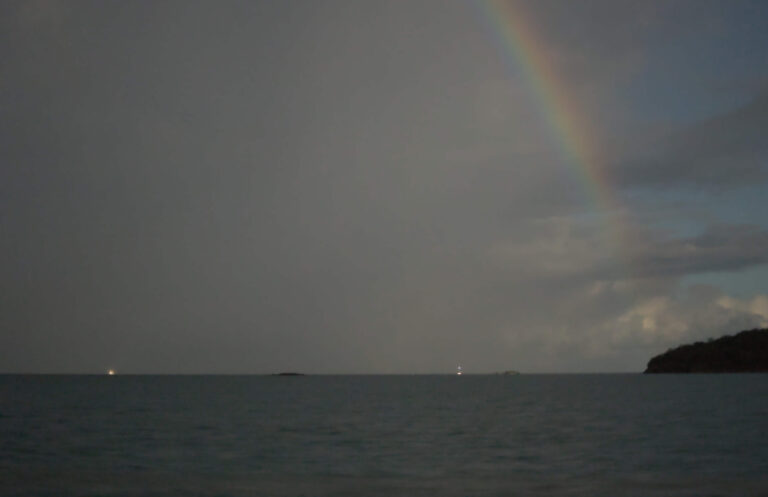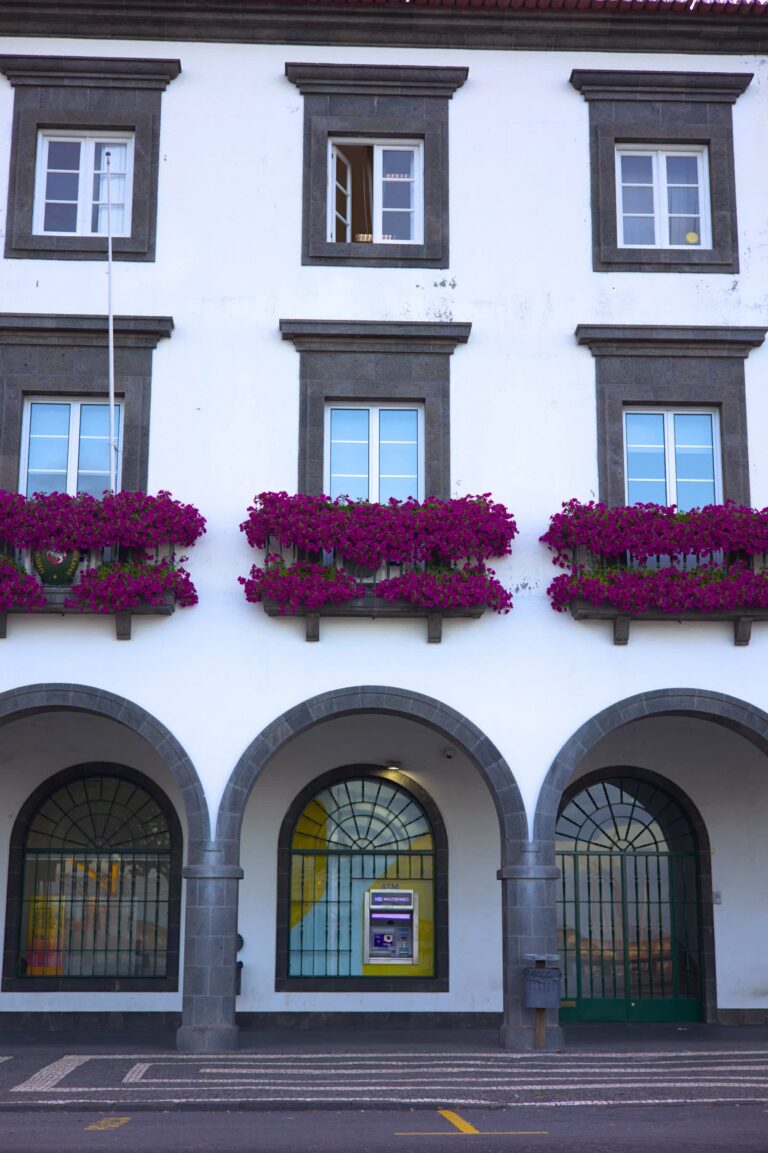Gruta do Carvão: Ponta Delgada’s Hidden Basaltic Lava Tube
The Gruta do Carvão, a basaltic lava tube carved by molten rivers of magma, lies hidden beneath the western edge of Ponta Delgada on São Miguel Island in the Azores. Formed approximately 12,000 years ago when lava from the Serra Gorda flows reached the ocean and drained, it now stretches some 1,650 meters underground, though only the 557-meter “Paim” section is open to visitors. Recognized for its scientific and cultural value, it was classified as a Regional Natural Monument by decree in May 2005. Today, this modest cave attracts small groups on guided 30- to 45-minute tours, offering a glimpse into the archipelago’s fiery origins.
The Gruta do Carvão lies within a vast basaltic lava flow that underpins much of western Ponta Delgada, part of the Picos volcanic complex. Visitors walk amid pendent lava stalactites, bulbous “lava balls,” pāhoehoe and ʻaʻā flow textures, and colorful oxide coatings that tint the walls from orange to yellow. These features—alongside secondary silica deposits and rare “lava bridges”—offer a textbook example of effusive volcanism in an ocean-island setting.
Under its Natural Monument status, the Gruta do Carvão is managed to balance public access with conservation. Ongoing efforts include stabilization of fragile formations, monitoring of humidity levels, and environmental education programs for local schools. As Ponta Delgada grows, authorities are exploring ways to integrate the cave more fully into sustainable tourism circuits—ensuring that this subterranean legacy continues to illuminate the Azores’ volcanic heartbeat.

